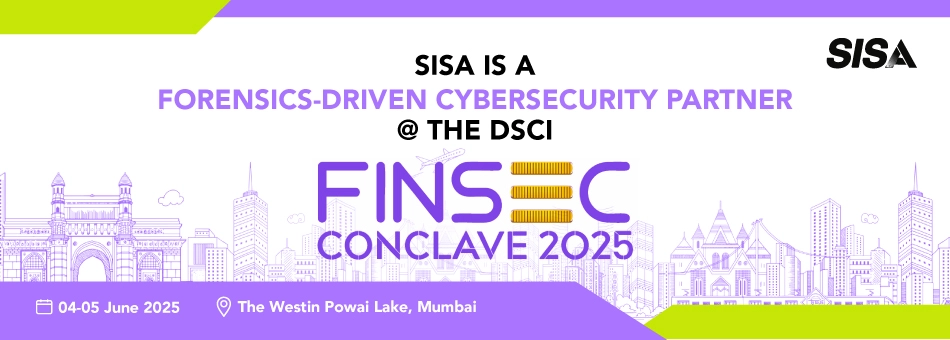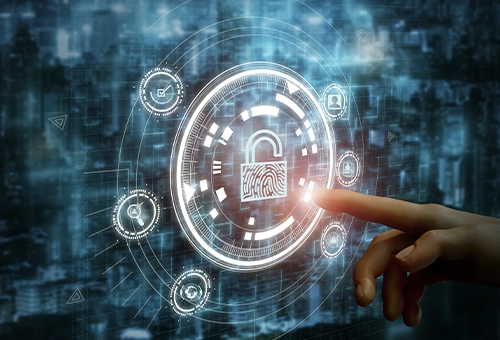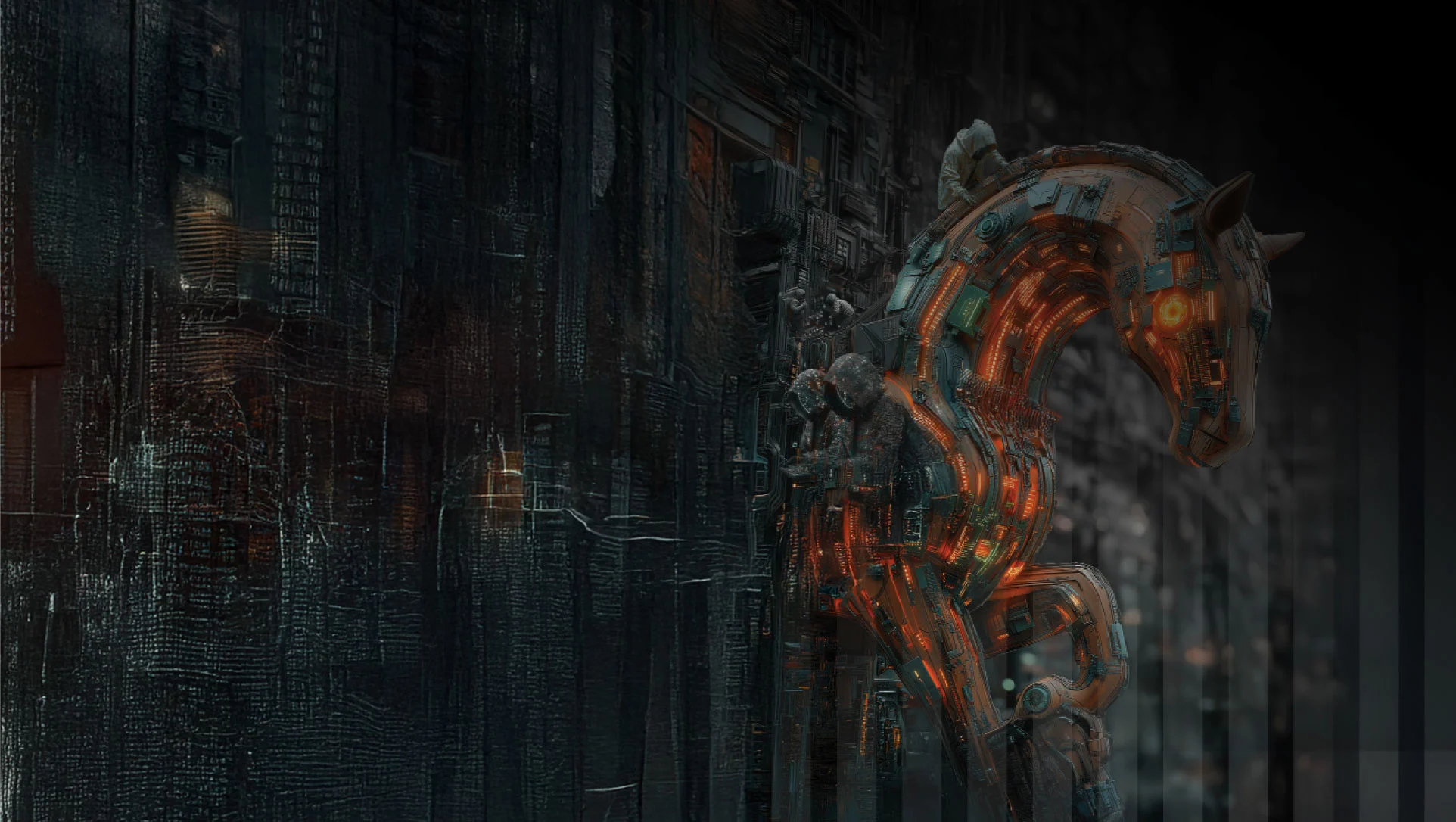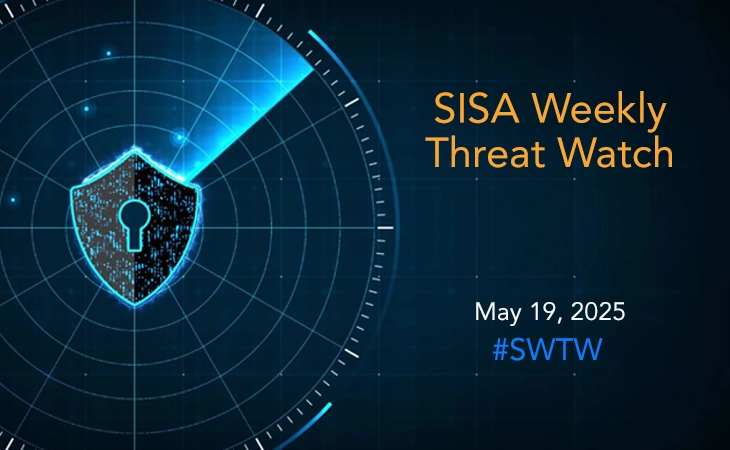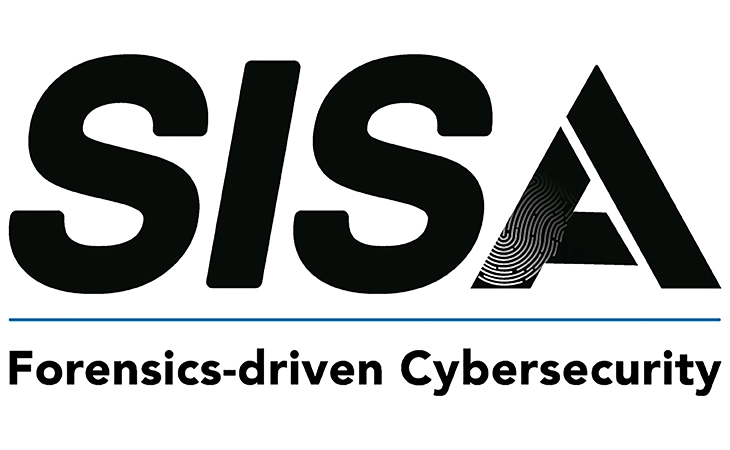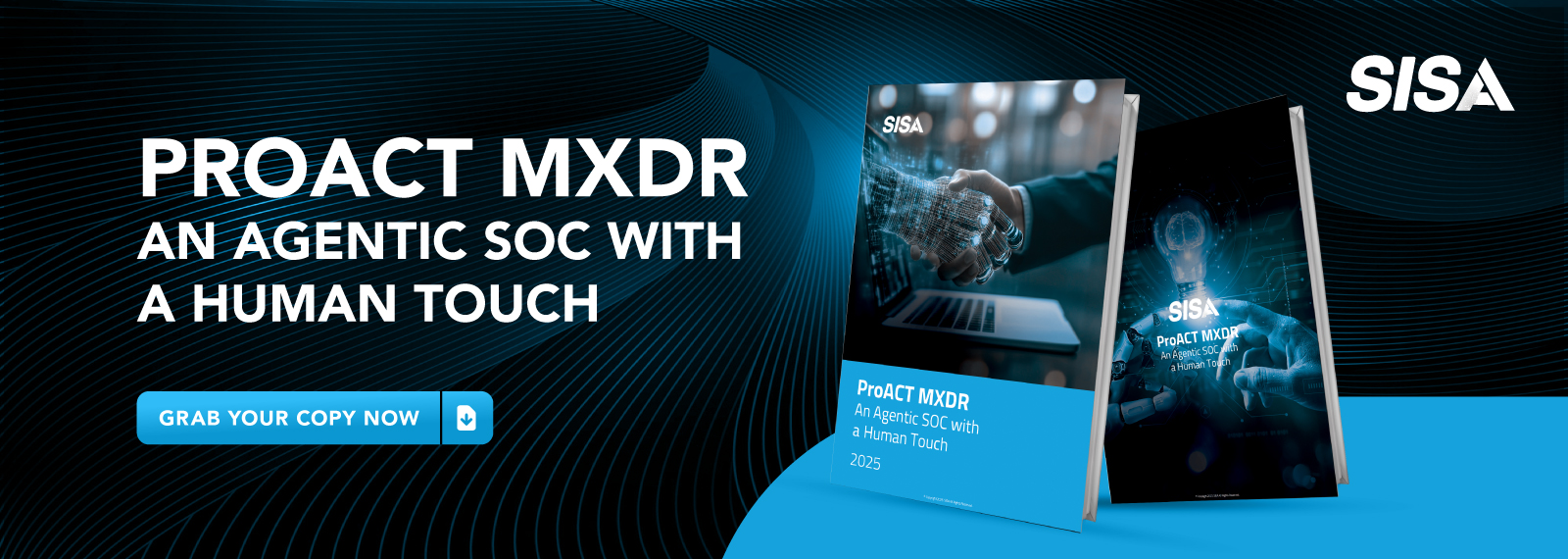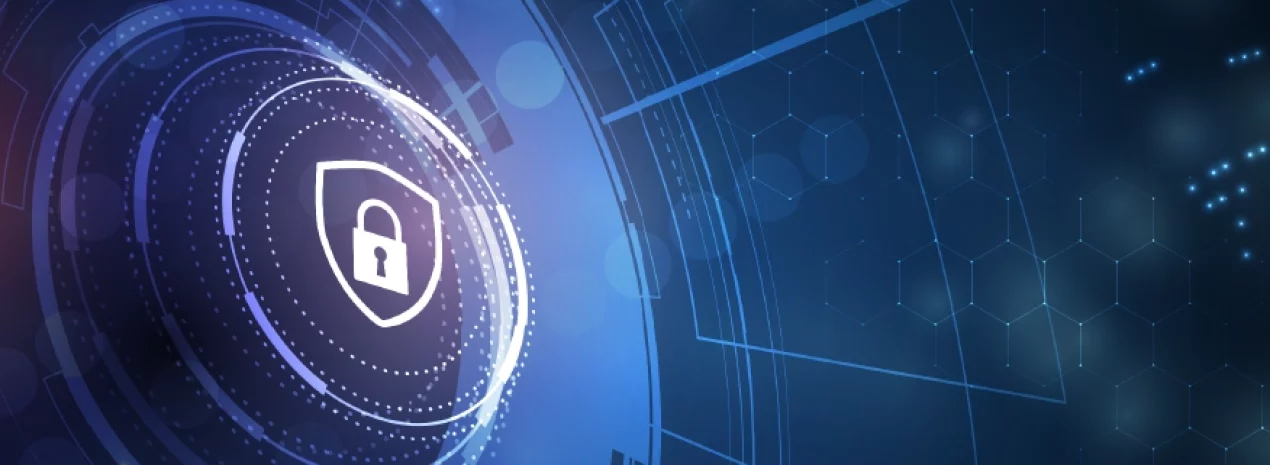
Cybersecurity In 2025: Everything You Need To Know
As we step into 2025, the digital landscape is becoming increasingly complex, marked by heightened cyber threats and evolving attack techniques. From AI-driven attacks to the looming risks of quantum computing, organizations worldwide are navigating uncharted territories in cybersecurity. This comprehensive guide unpacks the trends, challenges, and solutions shaping the cybersecurity landscape in 2025.
Key Trends in Cybersecurity for 2025
1. AI-Driven Attacks and Defenses
Artificial Intelligence (AI) is at the center of the cybersecurity arms race. Cybercriminals are leveraging AI to automate attacks, including highly personalized phishing emails, deepfake scams, and adaptive malware capable of evading detection. At the same time, security teams are utilizing AI for predictive threat intelligence, incident response automation, and advanced anomaly detection.
Key Insight: The dual-use nature of AI necessitates vigilance and balanced investments in both offense and defense strategies.
2. Ransomware Evolution
Ransomware has evolved beyond encrypt-and-demand schemes. Cybercriminals now employ double extortion tactics, stealing sensitive data before encrypting it. This ensures compliance with ransom demands under the threat of data leaks. Furthermore, Ransomware-as-a-Service (RaaS) has democratized cybercrime, enabling low-skilled actors to execute sophisticated attacks.
Solution: Organizations must adopt Zero Trust frameworks, endpoint protection, and robust backup strategies to mitigate ransomware risks.
3. Quantum Computing Threats
While practical quantum attacks are still years away, the transition to quantum-safe encryption is becoming urgent. Quantum computing threatens to break existing cryptographic methods, exposing sensitive data to adversaries employing “harvest now, decrypt later” strategies.
Actionable Tip: Begin adopting quantum-resistant algorithms to future-proof sensitive data.
4. Supply Chain Vulnerabilities
The globalized nature of supply chains amplifies cybersecurity risks. Breaches in third-party software or vendors can cascade through interconnected systems, causing widespread disruptions.
Proactive Measures: Implement rigorous Supply Chain Risk Management (SCRM) practices and enforce Software Bill of Materials (SBOM) to enhance transparency and security.
5. Zero Trust Adoption
Organizations are rapidly adopting Zero Trust architectures, emphasizing continuous authentication, strict access controls, and micro-segmentation. This model assumes no user or device can be trusted by default, enhancing security in hybrid work environments.
Strategic Approaches for Cybersecurity in 2025
To navigate the challenges of 2025, organizations must adopt forward-thinking strategies:
- Invest in AI-Powered Security Tools: Enhance detection and remediation capabilities through AI-driven solutions.
- Transition to Quantum-Resistant Cryptography: Safeguard data against future quantum threats.
- Strengthen Cloud Security: Focus on securing cloud environments with Cloud Security Posture Management (CSPM) tools and robust identity controls.
- Prepare for Ransomware Insurance: Meet stricter cyber insurance requirements by adhering to best practices.
- Build a Cyber-Resilient Culture: Regular training programs and simulated attacks can help employees recognize emerging threats like phishing and deepfake scams.
FAQs on Cybersecurity in 2025
Q1: What makes AI-driven attacks so dangerous in 2025?
AI enables attackers to craft highly personalized and adaptive attacks at scale. For example, phishing emails generated by AI can mimic trusted individuals with near-perfect accuracy, increasing their success rate.
Q2: How can organizations prepare for quantum computing threats?
Start by identifying where your sensitive data resides and inventorying your encryption methods. Transition to quantum-resistant cryptographic algorithms, as recommended by the National Institute of Standards and Technology (NIST).
Q3: What is a Zero Trust security model?
Zero Trust is a security approach where no user or device is trusted by default, even if they are within the network. It employs continuous verification, strict access controls, and segmentation to minimize risks.
Q4: Why are supply chain risks so significant?
Supply chains involve numerous interconnected vendors and partners. A single breach in one component can disrupt entire ecosystems, as seen in major incidents like the global supply chain attack of 2025.
Q5: How can small organizations improve their cybersecurity posture in 2025?
Smaller organizations can:
- Leverage managed security services to access expert support.
- Implement multi-factor authentication (MFA) and regular vulnerability assessments.
- Adopt affordable cloud security solutions tailored to their scale.
Q6: Is ransomware still a major threat in 2025?
Yes, ransomware remains one of the most disruptive forms of cybercrime. Sophisticated tactics like double extortion and the rise of Ransomware-as-a-Service (RaaS) make it a persistent challenge.
Q7: How can companies ensure compliance with stricter regulations in 2025?
- Stay updated on evolving regulatory frameworks like the EU IoT Regulations and NIS2 Directive.
- Invest in compliance tools that streamline reporting and policy adherence.
- Collaborate with legal and cybersecurity experts to align with standards.
Conclusion
The cybersecurity landscape in 2025 is defined by complexity, heightened threats, and rapid technological advancements. From AI-driven attacks to quantum computing risks, organizations must remain proactive, leveraging innovative solutions and cultivating a security-first culture. By embracing Zero Trust, investing in quantum-safe encryption, and fortifying supply chains, businesses can build resilience and safeguard their digital future.
Latest
Blogs
Whitepapers
Monthly Threat Brief
Customer Success Stories
 USA
USA India
India APAC
APAC Middle East
Middle East Global
Global


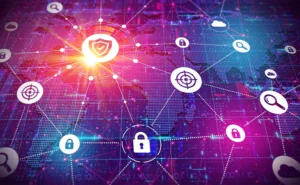
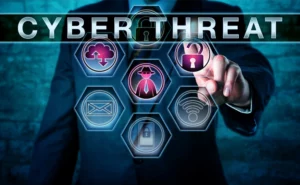


 Facebook
Facebook Linkedin
Linkedin  X
X Youtube
Youtube
